Mitologie – Serafino Beconi
Borgo Museo | Casa Paloscia 1975 – 2021
ITALIANO | English below
La vita
Serafino Beconi è un pittore e scultore viareggino, conosciuto ampiamente non solo in Toscana, nativo di Torre del Lago, classe 1925, è morto nella sua amata Viareggio nel 1997. Dal carattere passionale e dalla fertile fantasia, è noto per essere un artista colto, un ritrattista e un paesaggista, esperto conoscitore del paesaggio versiliese dominato dal mare, “quel mare che ha avuto nell’anima e lo ha rappresentato ogni volta con la capacità che gli era propria, di stimolarlo e spargere intorno una luce magica”, per dirla con le parole del critico Tommaso Paloscia.
La poetica
L’immaginario di Beconi trae spunto dalle sensazioni scaturite dall’impatto con la realtà. Dalla lezione del pittore viareggino Lorenzo Viani riprende il gusto per la semplicità. La sua pittura è forte e ricondotta infatti all’essenziale. Si caratterizza per la grande capacità di raccontare le vicende vissute e le sensazioni in lui suscitate da eventi dolorosi, come quelli del ‘44. In cento tele riesce a raccontare gli orrori e il dolore dell’eccidio di Sant’Anna di Stazzema, con l’intensità e la tensione dei colori che ne esaltano il terrore e la violenza. Beconi ha la capacità di penetrare i significati e i messaggi reconditi degli eventi e gli orrori della guerra che lui stesso ha vissuto, come possiamo vedere anche negli episodi raccontati lungo la fiancata esterna della parrocchia di Torre del Lago.
L’opera a Castagno
In Mitologie, esposte lungo la facciata di Casa Paloscia a La Vigna, è chiaramente evidente la ricerca della favola e l’allegoria che vi sottende. Le folli “deturpazioni” formali di derivazione espressionista, intendono rappresentare in chiave moderna le allegorie, attraverso l’elaborazione plastica e una convincente modellazione delle terre in bassorilievi. La materia plastica è graffiata e scavata, in un sottile gioco di pieni e di vuoti e la terracotta che lui chiamava “la terra-madre”, riacquista il suo colore originale nella fase di cottura. Domina anche qui lo spettacolo del mare, il mare di Viareggio e Torre del Lago, soggetto presente anche nei suoi dipinti fin dal 1970. Il suo mare che, come dice Paloscia, trasmette “la sensazione immediata del possesso dell’elemento-mare che Beconi può rappresentare nelle sue infinite mutazioni e che riesce a riversare agitato e violento […] ad eccitare la fantasia ma anche la tensione dell’osservatore”. Curiosità: mentre la terracotta con la scritta Casa di Nara e Tommaso è stata espressamente pensata per Casa Paloscia, l’altra con la scritta Casa di Marisa era collocata inizialmente a casa della zia di Simonetta Paloscia e solo successivamente da lei spostata a La Vigna (Castagno). La formella con l’uomo a cavallo del retro è stata messa in posa il 21 luglio del 1985, a ricordo della spedizione di Aleppo, con Tommaso Paloscia nei panni di un prode condottiero sul destriero.
ENGLISH
Biography
Serafino Beconi is a painter and sculptor from Viareggio, widely known not only in Tuscany, a native of Torre del Lago, born in 1925, he died in his beloved Viareggio in 1997. With a passionate character and fertile imagination, he is known for being a cultured artist, a portrait painter and a landscape painter, an expert on the Versilian landscape dominated by the sea, "that sea that had in its soul and represented it each time with the ability that was its own, to stimulate it and spread a magical light around it", to put it with the words of the critic Tommaso Paloscia.
Philosophy
Beconi's imagination is inspired by the sensations arising from the impact with reality. From the lesson of the Viareggio painter Lorenzo Viani takes up the taste for simplicity. His painting is strong and in fact brought back to the essential. He is characterised by his great ability to tell the stories he has experienced and the feelings aroused in him by painful events, such as those of '44. In a hundred canvases he manages to tell the horrors and pain of the massacre of Sant’Anna di Stazzema, with the intensity and tension of the colours that enhance the terror and violence. Beconi has the ability to penetrate the meanings and hidden messages of the events and horrors of the war that he himself experienced, as we can also see in the episodes told along the external side of the parish of Torre del Lago.
Artwork in Castagno
In Mitologie (Mythologies), exhibited along the facade of Casa Paloscia in La Vigna, the search for the fable and the underlying allegory are clearly evident. The crazy formal "disfigurements" of Expressionist derivation are intended to represent allegories in a modern key, through plastic processing and a convincing modelling of the lands in bas-reliefs. The plastic material is scratched and carved, in a subtle play of solids and voids and the terracotta that he called "the mother earth", regains its original color during the firing phase. Here also the spectacle of the sea dominates, the sea of Viareggio and Torre del Lago, a subject also present in his paintings since 1970. Its sea which, as Paloscia says, transmits "the immediate sensation of possession of the sea element that Beconi it can represent in its infinite mutations and that it manages to pour out agitated and violent […] to excite the imagination but also the tension of the observer”. Curiosity: while the terracotta with the words Casa di Nara and Tommaso was expressly designed for Casa Paloscia, the other with the words Casa di Marisa was initially placed in the home of Simonetta Paloscia's aunt and only later moved by her to La Vigna (Castagno). The tile with the man astride the back was posed on 21 July 1985, in memory of the expedition to Aleppo, with Tommaso Paloscia in the role of a brave leader on a steed.



